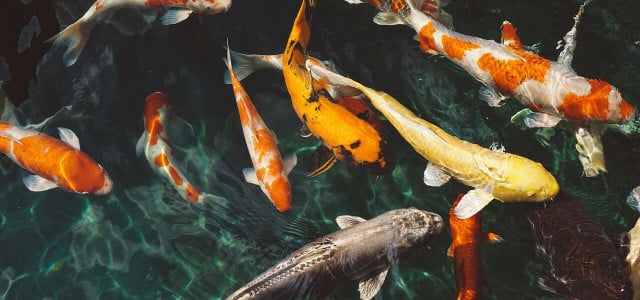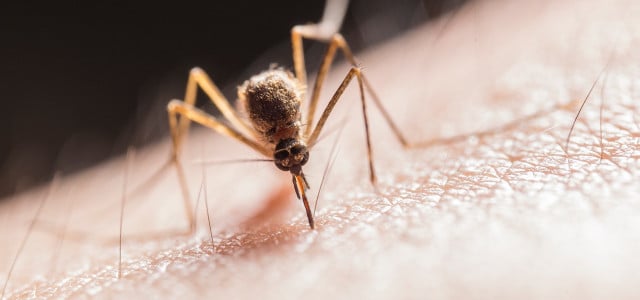Deciding on the right pond fish isn’t as simple as picking the best looking ones. In this article we’ll explore some of the best and worst pond fish for beginners.
Constructing your own fishpond can be a rewarding and beautiful addition to any landscape, especially when you choose the right fish. Having fish is not only aesthetically pleasing but can also serve as a natural alternative to mosquito control.
However, while deciding on which fish you want for your pond, there is a lot to consider. Keeping fish outdoors is quite a different from keeping them in an aquarium since the fish will be affected by the weather, and you need to know how these fish will adapt to the winter in your climate. Furthermore, while there are a lot of fish that can technically live in outdoor ponds, many of them won’t truly thrive.
The fish that are best for your pond will obviously also depend on pond size and water depth and quality. You should try to keep a track of your water temperature, pH levels, ambient air temperature, and nutrient levels to make sure your pond is suitable for your fish. But to make at least one thing easier, we’ve complied this list of the best pond fish for those living in North American climates.
Small Pond Fish
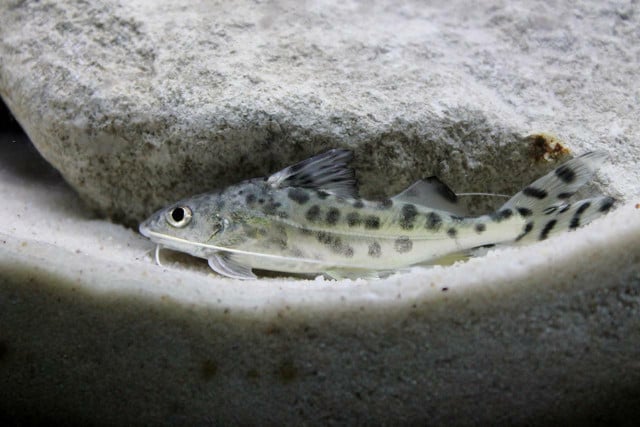
Instead of filling a pond with fish that are bound to grow considerably, you may want to start your fishpond with smaller fish that form colorful shoals. These fish also generally have a shorter life span, so they aren’t such a big commitment.
1. Red Shiners (Cyprinella lutrensis) – 9 cm/3.5 inches
- Red shiners are a peaceful schooling fish that thrive in colder water. Originating from the United States, they can withstand cooler temperatures, although they prefer 50-72 °F (10-22 °C).
- They are naturally found in a variety of habitats and with enjoy eating mosquito larvae which should help keep these summer pests to a minimum.
- Although they’re called Red Shiners, they have vibrant shades of peach and violet which catch beautifully in the sun.
2. American Flagfish (Jordanella floridae) – 6 cm/2.3 inches
- Flagfish are native to Florida and as their name suggests, the coloring of the males during their mating season looks a lot like the American flag! They are most at home in 59-84 °F (15–29 °C), so if you’re keeping them any further north than their natural habitat, you may need to invest in a water heater.
- They are reasonably peaceful apart from when they are nesting when they start to be more territorial towards their own kind. This shouldn’t be an issue if you keep your pond well stocked with flora.
- American Flagfish generally live 2-3 years in prime condition.
3. Peppered Cory Catfish (Corydoras paleatus) – 5 cm/2 inches
- The Peppered Cory Catfish the peaceful inhabits of many still rivers throughout South America, although this habitat has become threatened in recent years.
- Despite coming from a warmer climate, the Peppered Cory Catfish are adapted for colder water than others of their species, preferring 60-74 °F (15-23 °C).
- They are highly adaptable to a number of water conditions, ingesting oxygen from the surface if they need to.
Big Pond Fish
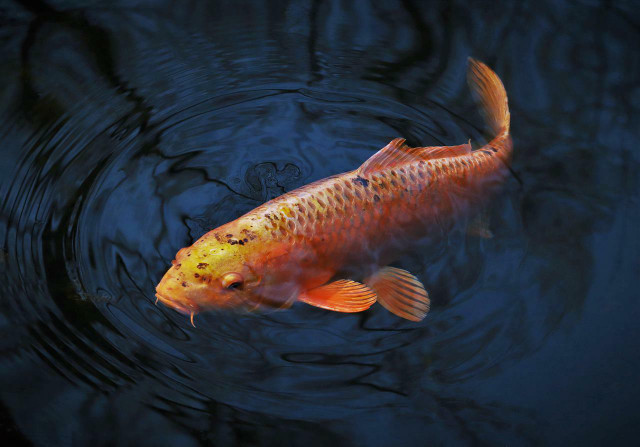


Larger fish can be a mesmerizing addition to your pond with their slower and more lethargic movements and bright pops of color. However, these fish can also live for over 25 years under the right conditions and are therefore a much more serious commitment for a beginner.
4. Koi (Cyprinus rubrofuscus) – 50 cm/20 inches
- Although they’re not native to North America, they have been bred in the USA for a number of years, and they enjoy a similar climate.
- There are many varieties of Koi that come in an extraordinary range of colors, all of which enjoy similar conditions and can live an average of 20 years each.
- Although they are very hardy fish, they do not tolerate long, cold winters where the temperatures are constantly below 50 °F or 10 °C, they will need an open hole in the ice that forms along with an air pump and water heater.
5. Single-tail Goldfish (Carassius auratus) – 25 cm/10 inches
- Like Koi, Goldfish are an ancient decedent of the Asian Carp, and have been bred in America for many years now.
- They can withstand low or freezing temperatures as long as you give them a hole in any ice which forms and an air pump to keep oxygen levels up.
- Single-tail Goldfish are the most common variety which can survive well outdoors, this includes Common, Comet, and Shubunkin Goldfish as well as many more.
2 Pond Fish to Avoid
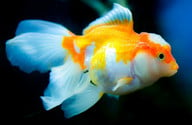


Generally you want to avoid fish that aren’t native or bred in your region or climate as they will be much less likely to survive. Aside from this, there are still some types of fish which are sold as being pond friendly when actually they’re more of a liability.
1. Fancy Goldfish, basically any multi-tail species
- They have fragile fins, are typically delicate and prone to illnesses and not super hardy against weather conditions.
- Fancy Goldfish are typically small, slow, clumsy, and weak, meaning they often can’t compete with other fish for food. If you intend to have them in a fishpond, it’s best if you only stick to their species.
- If you do want to only have Fancy Goldfish in your pond, they can be quite costly, and it won’t be cheap to fill any pond with these fish.
2. Pelcos (Hypostomus plecostomus)
- Unless you live in a tropical region, a Pelco should never be placed in a pond because they will not last the winter.
- Even if you do live in a tropical region, Pelcos also often become aggressive as they get older and do not play well with other fish.
- Although Plecos are a natural way to get rid of algae, they produce a lot of waste and can be toxic to other fish when they die. There are many other ways to fight algae that won’t endanger any fish.
General Conditions to Consider
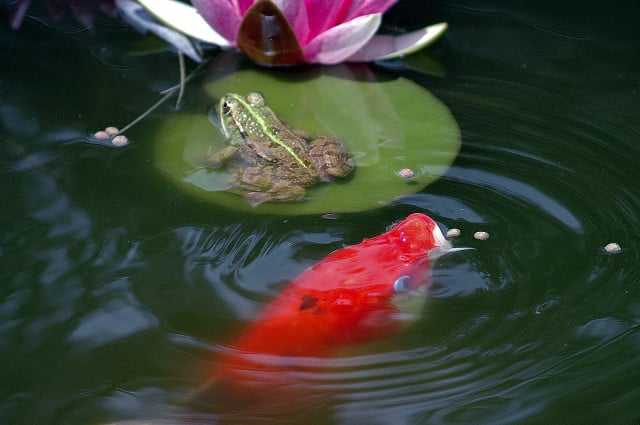


In order to keep your fish happy, no matter what fish you fill your pond with, there are several conditions and measures you should take to ensure your fish stay happy and healthy. Bear in mind that these are just general guidelines and not a one-size-fits-all solution. Always research your fish extensively before purchasing to know if you have the right conditions for them to live happily.
Pond Depth:
Depth is probably the most important variable to get right. Keeping your fish outside, especially in much colder or warmer climates, you need to make sure you have a depth of at least 30 inches or 80 cm. This allows your fish to survive both frosts and mid-summer heat.
Cubic Capacity:
You don’t want your fishpond to get too over crowed, and nor do you want to have to search for your fish every time you inspect your pond. To remedy this, you should aim for a cubic capacity of 4 square inches (or 10 square cm) for every 50 liters of water in your pond. Therefore, as the fish grow you will need to take some out of the pond or add more water.
Plants:
It is essential to include plants in and around your fishpond. These will provide your fish with shade from the sun and predators as well as micro-nutrients and oxygen.
Food:
Currently, most commercial fish feeds are made of ground fish and fish oil. Producing these feeds is resource intensive and is not sustainable at a commercial scale in the long term. Some alternative feed ingredients include soy and corn-based feeds. However, these ingredients have also been criticized for being unsustainable and hard for fish to digest. There are also feeds manufactured from plants, yeast, insects, and algae which so far have proven to be the most sustainable option.
Read more:
- Swai Fish: 5 Reasons Not to Eat Pangasius
- How to Attract Dragonflies to Your Garden
- Cold Water Swimming: Why You Should Try It
Do you like this post?






